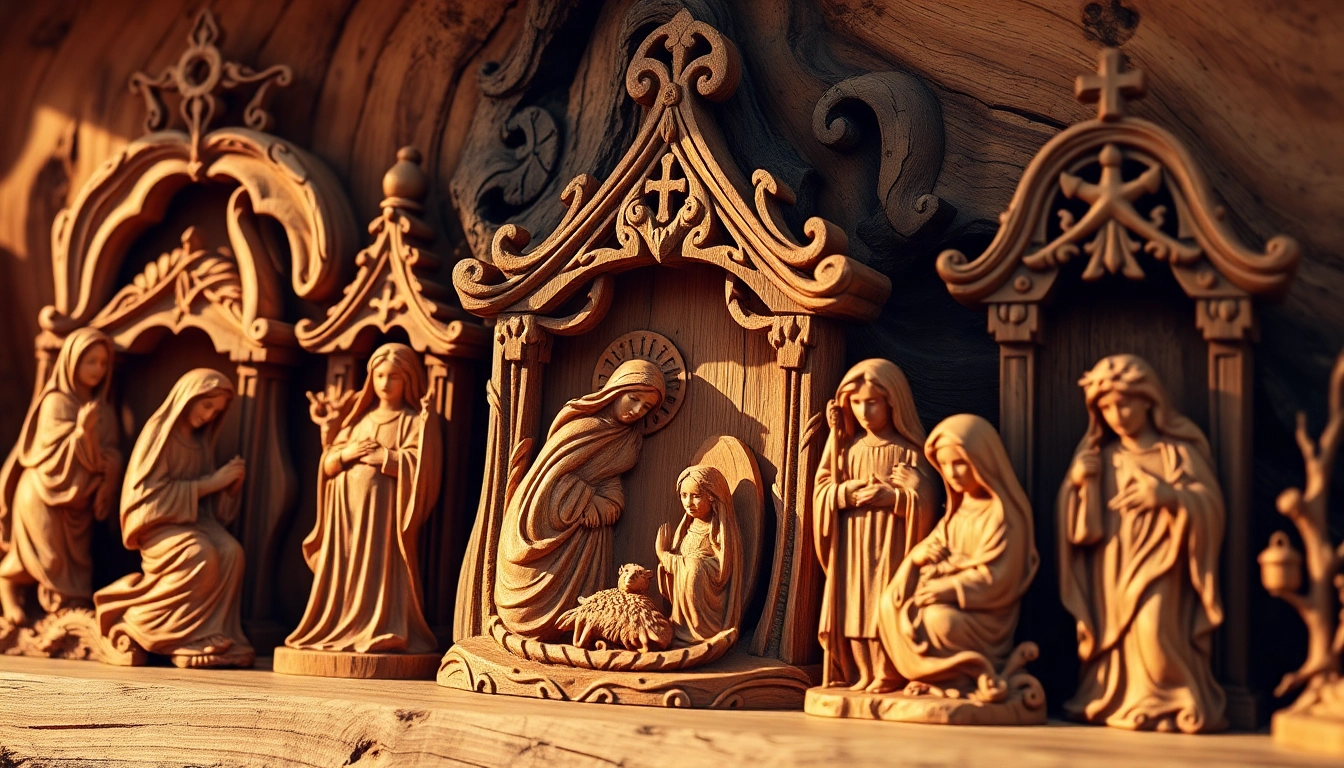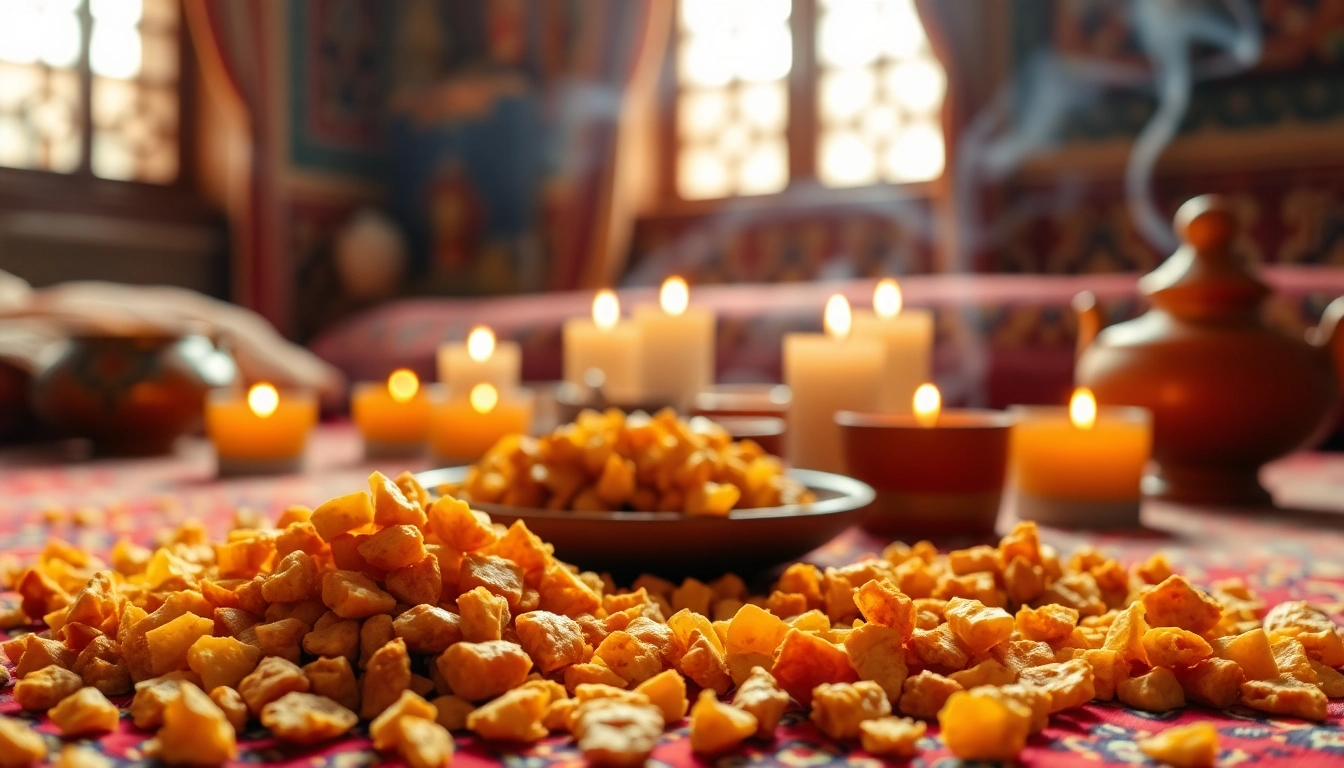Understanding Olive Wood Carvings
Olive wood carvings are not merely artistic expressions; they are deeply rooted in tradition and culture, encapsulating centuries of craftsmanship. Renowned for their beauty and intricate designs, these carvings are primarily produced in regions where olive trees flourish, particularly in the Holy Land. Authentic olive wood carvings can serve as both decorative pieces and cherished heirlooms, attracting collectors and spiritual seekers alike.
The Significance of Olive Wood in Art
Olive wood holds immense cultural and spiritual significance, particularly in the Mediterranean and Middle Eastern regions. It symbolizes peace and prosperity, often associated with ancient traditions and biblical narratives. The use of olive wood in art has flourished due to its rich texture, stunning grain patterns, and durability. Artisans recognize that these characteristics enhance the visual appeal of their work, making each carving unique.
Traditional Techniques Used by Artisans
Crafting olive wood carvings involves a meticulous process that varies depending on the artisan’s skills and the complexity of the design. Here are some methods commonly utilized:
- Hand Carving: Most authentic olive wood carvings are handcrafted. Artisans employ chisels and knives to sculpt intricate figures, often depicting religious themes like nativity scenes, crosses, and saints.
- Sand Finishing: After carving, the sculptures undergo a sanding process to smooth out any rough edges. This step also enhances the natural patterns within the wood.
- Natural Oiling: To protect and nourish the wood, artisans often apply natural oils like olive oil, which also accentuates the wood’s natural beauty and grain.
Types of Olive Wood Carvings Available
Olive wood carvings come in various forms, appealing to diverse tastes and preferences:
- Religious Figures: Including nativity sets, angels, and crucifixes, these pieces are particularly popular among collectors seeking spiritual mementos.
- Home Decor: Items such as bowls, plates, and decorative figurines not only enhance the aesthetic of a space but also serve functional purposes.
- Jewelry: Small carvings, such as pendants and bracelets, crafted from olive wood are becoming increasingly popular due to their lightweight nature and unique designs.
Best Practices for Selecting Quality Olive Wood Carvings
When venturing into the realm of olive wood carvings, understanding how to identify quality pieces is essential. Not only does this ensure that collectors possess genuine artifacts, but it also supports artisans maintaining traditional practices.
Identifying Authentic Craftsmanship
To ascertain the authenticity of olive wood carvings, consider these factors:
- Handmade Characteristics: Look for signs of handcrafting such as slight imperfections or variations in design, which indicate authenticity.
- Material Texture: Genuine olive wood has a distinct feel—smooth yet robust. Synthetic alternatives often lack this natural warmth.
- Artisan Signatures: Many artisans include their signatures or stamps on the bottom of the piece, which adds to its value and authenticity.
Factors to Consider When Buying
When purchasing olive wood carvings, keep these factors in mind:
- Source: Verify that the wood is sourced ethically and sustainably. Many reputable artisans share their sourcing practices.
- Design and Use: Determine if the piece suits its intended use, whether as a display item, gift, or functional object.
- Reviews and Reputation: Research sellers and artisans through reviews, ensuring their reputation aligns with quality craftsmanship.
Understanding Price Ranges and Value
Price varies widely depending on several factors:
- Size and Complexity: Larger, more intricate pieces typically command higher prices due to the time and skill involved in crafting them.
- Artisan Recognition: Highly regarded artisans often have higher prices because their work is sought after and includes a provenance.
- Market Trends: Awareness of market fluctuations can inform smart buying decisions, especially during holiday seasons or special events.
Caring for Your Olive Wood Carvings
Caring for olive wood carvings is essential to preserve their beauty and longevity. Proper maintenance ensures that these works of art remain stunning for years to come.
Proper Cleaning and Maintenance Tips
To maintain your olive wood carvings, regularly clean them with a soft, dry cloth. Avoid using chemicals, as they can damage the wood’s finish. An occasional light oiling with food-safe mineral oil can revitalize the wood and keep it hydrated.
Protecting Against Environmental Damage
Humidity and extreme temperatures can harm olive wood. Store your carvings in a dry place away from direct sunlight to prevent warping and cracking. Additionally, keep them away from heat sources, as rapid temperature changes can damage the wood.
Long-Term Preservation Techniques
For long-term preservation, consider these strategies:
- Regular Inspections: Check your carvings periodically for any signs of wear or damage.
- Avoiding Water: Be cautious of placing your carvings in wet areas or exposing them to moisture, as this can prompt swelling or mold.
- Climate Control: Ideally, keep your olive wood pieces in a stable environment, avoiding basements or attics where conditions may vary widely.
The Cultural Context of Olive Wood Carvings
Understanding the cultural significance of olive wood carvings enriches the appreciation of these works. These carvings are not just art; they tell stories steeped in history, faith, and community.
Historical Background of the Craft
Olive wood carving can be traced back thousands of years, thriving in regions that value the olive tree. Traditionally, artisans passed down techniques from generation to generation, creating a robust cultural heritage. Many carvings depict stories from the Bible or daily life, linking the present to a rich historical tapestry.
The Role of Olive Wood Carvings in Religious Practices
In many denominations, olive wood carvings are integral to worship practices. Statues, crosses, and nativity scenes often serve as focal points in homes and churches, facilitating spiritual encounters and reflecting one’s faith. These pieces often symbolize hope, love, and perseverance, resonating deeply within the community.
Contemporary Artisans and Their Stories
Today, contemporary artisans continue to innovate using traditional techniques. Many face challenges from mass-produced alternatives; however, their commitment to authenticity and quality often elevates their work. Increased access to online marketplaces enables them to reach a broader audience, highlighting the cultural richness and significance of their craft.
Where to Buy Authentic Olive Wood Carvings
Purchasing authentic olive wood carvings requires careful consideration of the source. Successful collectors often seek options that support artisans and ethical practices.
Trusted Online Retailers to Consider
Many online platforms offer olive wood carvings, but discerning buyers should prioritize trusted sites with reliable reputations. Look for those that provide detailed descriptions, high-resolution images, and insights into the artisans behind the work.
Fair Trade and Ethical Sourcing
Fair trade principles ensure that artisans receive fair compensation for their work, promoting sustainable practices. Seek retailers that adhere to these principles, ensuring that your purchase supports local economies and preserves traditional craftsmanship.
Local Artisan Markets and Exhibitions
Supporting local artisans by visiting craft fairs and exhibitions is a fantastic way to buy authentic pieces. These events often showcase a variety of styles and techniques, allowing for a personal connection with the artist behind the carving.



